QuestionHi Partha,
I have a 90 Gallon tank with 2 oscars. I have fitted a UGF with 2 powerheads. While initially I was happy with the filteration, the only challenge is the debris from the fish seem to accumulate on the surface. I have used Golden sand which is a little more coarse compared to normal sand.
Are there any options which I have so that the UGF functions better? Can I add some stone chips to the sand, so that the UGF can function better? I haven't kept any plants, as Oscars are known destroyers of aquariums :) atleast that is what I have been told.
I have some drift wood though in the tank.
Answer
 UGF
UGF
Dear Indraneil,
Please go through the following :
Undergravel filters have been a hot topic for debate since their debut about 40 years ago, and there are few signs that that controversy will end soon. Some hobbyists think they're the greatest aquarium innovation since the burping clam, and that every tank should be required to have one, by federal law if necessary. Others believe them to be certain death to aquarium fish, and possibly the work of some anti-fish conspiracy. Meanwhile, some experts and everyday hobbyists report having success with UGFs, while others experience failure. The obvious conclusion? - there's more to this than meets the eye. Let's begin at the beginning. The basic design of an undergravel filter is quite simple: a perforated plate holds gravel off the aquarium bottom to allow water to flow through, then under the gravel, and finally up the attached tubing to be released at the water's surface. Some models use larger tubing to increase flow, ribbed plates to increase strength and surface area, and even differently sized and spaced perforations to provide more even water flow throughout the plate. Whether all of these improvements make much of a difference in performance would be hard to judge, but it's fascinating to see the results of engineering minds at work. Water is circulated through the UGF system by an air pump / airstone combination, or by a small "power head" water pump. Each method has its advocates, usually based more on secondary issues than performance. Those that favor air pumps like the indicator effect of the bubbles - a smooth flow of rising bubbles means the filter is functioning properly - while those using power heads prefer the lower noise and splash levels. If a power head is used, the aerating attachment should be connected, and its intake tube should reach outside the cover of the aquarium to assure a nice exchange of fresh air.
At first, it's fairly difficult to see what all this circulating water is accomplishing, much less why someone would want to have a UGF in their aquarium. The water goes up the tube, down the gravel, through the plate, up the tube, down the gravel, through the plate... ad infinitum, but to what end? Even some of it's early promoters didn't seem to fully comprehend how it functioned, but it turns out that undergravel filters (or subsand filters, as the were often called) are exceptionally efficient at "biological filtration". Biological filtration in one paragraph. Biological filtration is a three stage process, although for some unknown reason, the middle stage seems to get all the press. First is mineralization, in which organic waste products such as proteins and urea (from fish waste, uneaten food and other debris) are broken down by one group of bacteria into inorganic compounds such as ammonia and carbon dioxide. Nitrification follows, wherein ammonia from the previous reaction plus ammonia produced more directly by fish is broken down by a second group of bacteria into nitrite. A third group of bacteria continues the nitrification process by breaking down deadly nitrite ions into relatively harmless nitrate ions. Finally, denitrification finds a fourth group of bacteria breaking down that nitrate into free nitrogen or nitrous oxide. Where undergravel filters excel. As proponents of undergravel filtration are quick to point out, the gravel bed of a well-maintained UGF system provides an excellent site for the first three of these groups of bacteria to hang out and do their job. The gravel itself furnishes a huge available surface area for bacteria to colonize, and the water flow through the gravel continuously drops waste products and necessary oxygen right into their laps. (Please note: there is no study suggesting that bacteria have laps; it's just a figure of speech.) Their high efficiency, simple design, easy installation and affordability make UGFs mighty tough to beat when it comes to biological filtration. So where's the controversy? Undergravel filtration has a number of limitations and drawbacks that its opponents feel should be considered. First of all, while a well-tuned UGF might be conceded to be an excellent "biological filter", biological filtration itself takes place in every aquarium, regardless of what filter methods are employed. In fact, one could probably say (and this one has) that biological filtration is certainly critical, but it's also practically unavoidable! Those same faceless, lapless, now-nameless bacteria that colonize a UGF bed can apparently do their job just fine on plain gravel, attached to other surfaces, or even just floating in the water. Ammonia and nitrite accumulation problems do not seem to be commonplace in established, properly maintained aquariums, even in crowded dealer and wholesaler tanks - regardless of the type of filtration used. But just the fact that UGFs are not absolutely essential does not mean that they cannot be useful. Advocates can likewise point to thousands of successful aquariums, again including heavily stocked dealer tanks, maintained solely with undergravel filters. Opponents must then bring out their Big Gun, the biggest UGF shortcoming... Mechanical Filtration. Fish and fishkeeper both produce a fair amount of solid waste in the aquarium, from fish "droppings" to uneaten food, decaying plant leaves, dirt from poorly washed rocks or gravel, and other little bits of debris. Undergravel filters deal with this solid waste in two ways: they store it, then break it down by the mineralization process described above. Both storage and breakdown are useful, but only to a limited degree. Most filters collect and store solid waste to keep the water clear and clean looking, but the storage is only temporary. Filter cartridges or media are periodically cleaned or replaced, and the waste is disposed of. UGFs can not be "cleaned" in this way, and solid waste is best removed by agitation of the gravel during a water change. Solid waste is freed from the gravel, and a good percentage is siphoned out and discarded. Some aquarists find this to be a disagreeable chore or, worse yet, deem it to be an unnecessary one, and allow too much waste to accumulate. As waste builds up, its particles begin to plug the gaps between the various bits of gravel, resulting in reduced water flow. Since flow is what undergravel filtration is all about, this can bring on a dangerous condition. Poor flow leads to buildup of waste under the UG plates (where it's really hard to get at), reduced biological filtration, and even poorer flow. In a worst case scenario, some pockets of gravel, or the whole bed, can become so packed that aerobic (oxygen-dependent) breakdown of waste declines and anaerobic (oxygen-free) breakdown begins, releasing toxins such as methane and hydrogen sulfide. Black slimy "goo" in the gravel and a foul, swampy odor are signs of an aquarium in such trouble. Other types of filters, such as hang-on, canister and even common internal "box" filters can also go anaerobic if allowed to plug to the point where water no longer flows through them. However, when these filters stop pumping water, the toxic byproducts of anaerobic decay are better contained, essentially isolated from the aquarium water, to be washed away when filters are finally cleaned. Some solid waste is broken down by the mineralization process as described, but this alone can rarely keep up with input from a typical load of fish. In addition, mineralization means a bigger load for the next stages of biological filtration, which means more resources such as oxygen are required, and more byproducts such as nitrates (algae chow) and hydrogen ions (pH droppers) accumulate. Again, a worst case scenario would see pH dropping to a point where biological filtration no longer continues, and dangerous ammonia and nitrite accumulate. And yet again, this situation can occur regardless of filter type, but may be somewhat more likely in a UGF system, where solid waste collects inside the tank and can be more difficult to remove. Using an undergravel filter in combination with a more easily cleaned mechanical filter like a hang-on or canister can reduce waste buildup somewhat, but a fair amount of debris still finds its way into the gravel. Regular partial water changes - including a healthy stirring of the gravel bed - are still crucial to the long term health of the system. Commercial siphon-cleaners that utilize a wide diameter rigid plastic tube to swirl the gravel do a nice job at removing a lot of waste with a minimum of water. They also release less crud back into the water column than the old fashioned method of stirring by hand while siphoning. Fears of removing the beneficial bacteria from the gravel by excessive scrubbing or tumbling are largely unfounded; they are firmly attached and sufficient numbers always seem to remain healthy and active following the cleaning. Only their physical removal by changing gravel or shock from too massive a water change are likely to incapacitate enough bacteria to cause a rise in ammonia or nitrite. As always, small, frequent water changes are much preferred to large, occasional purges. Total tank breakdown is unnecessary and unwise unless the filter has been neglected to the point of complete blockage. As one might have expected, undergravel filters are neither the cure-all nor the time bomb that it's more zealous defenders and accusers have claimed. Their continued widespread use would indicate that they are here to stay, and an understanding of their strengths and weaknesses should make the choice of their use easier. * For further detail chat (Webcam & Mic), email or contact me *
parthanetra@yahoo.com or parthanetra@gmail.com, Cell. No. +91 9434146179 or 00919434146179


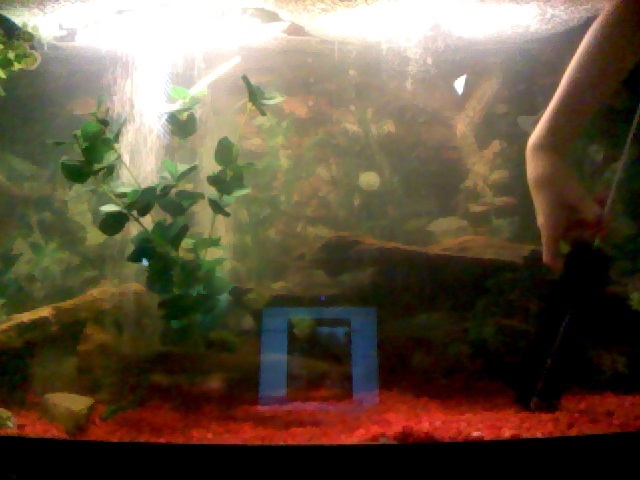 important please help
Question
catfish
hello I have a 12 inch yellow bullhead
important please help
Question
catfish
hello I have a 12 inch yellow bullhead
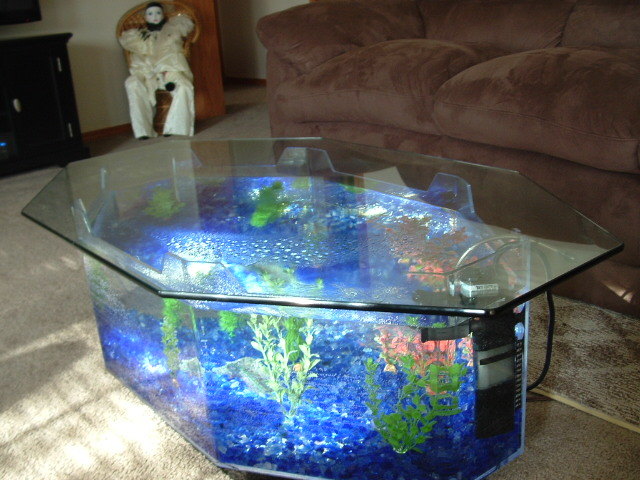 airator
Question
25 gallon fish tank
i have a dive power submer
airator
Question
25 gallon fish tank
i have a dive power submer
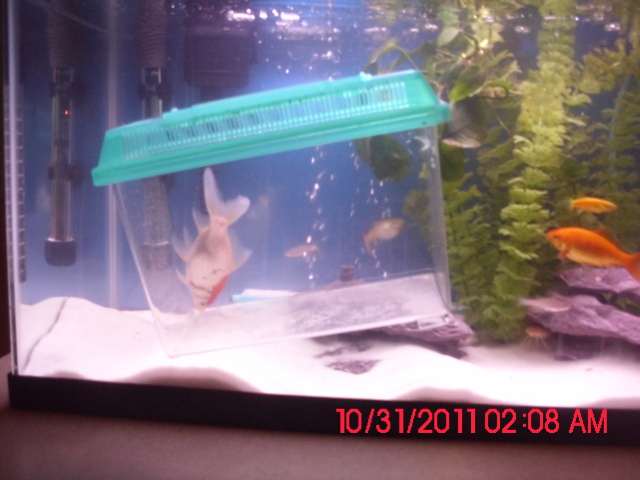 Facedown Gold fish
Question
face down gold fish
On firday i took my
Facedown Gold fish
Question
face down gold fish
On firday i took my
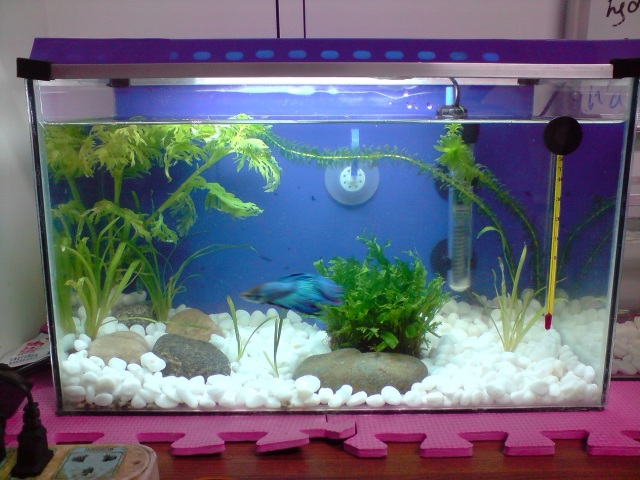 Tank mate for a betta
QuestionQUESTION: Hi Jaymie,
Ive got a male Betta in a
Tank mate for a betta
QuestionQUESTION: Hi Jaymie,
Ive got a male Betta in a
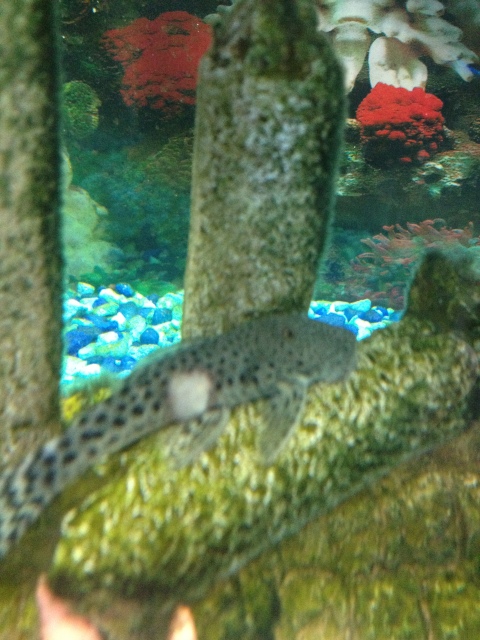 Rubber lip pleco
Question
pleco spot
i have a 10 gallon set up wi
Rubber lip pleco
Question
pleco spot
i have a 10 gallon set up wi